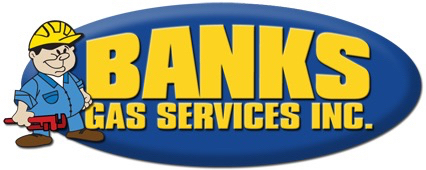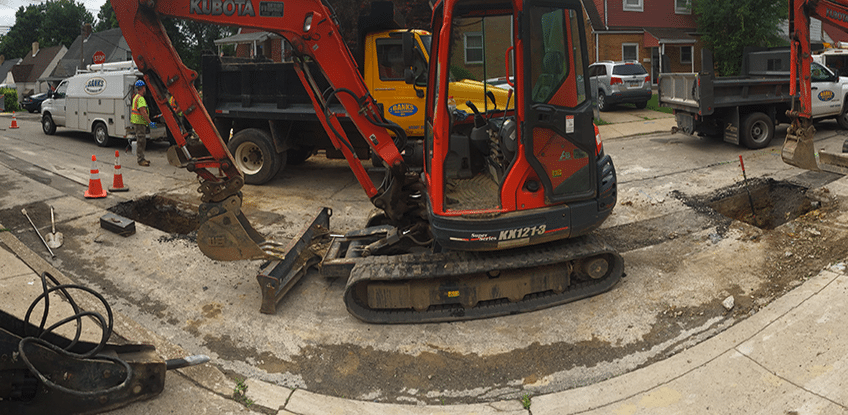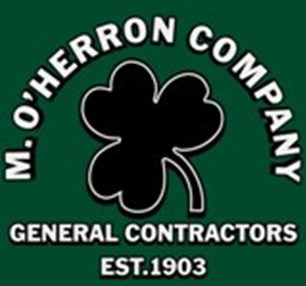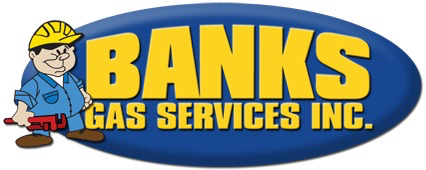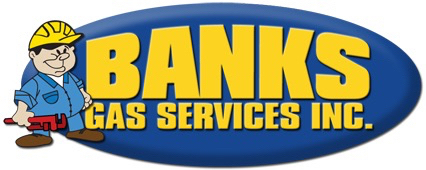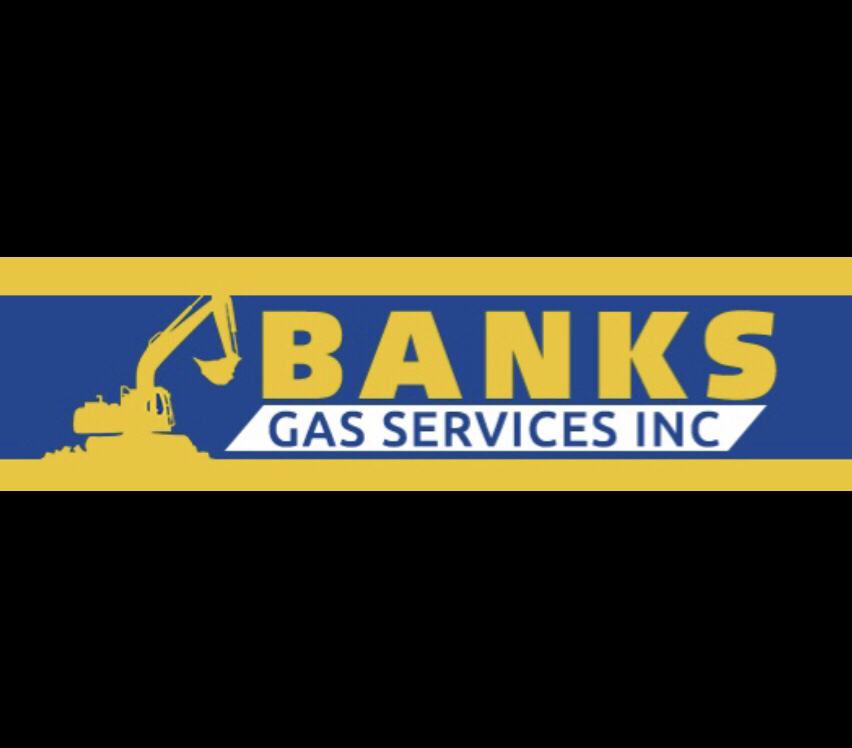Information
-
Location
-
Prepared by
-
Performing Flagging for:
-
Contractor Foreman (Last Name, First Name)
-
Contractor Employee(s) (CREW) (Last Name, First Name)
-
Conducted on
-
Flagger Names:
Safety and PPE
-
Personal Protective Equipment
-
Proper PPE Attire for Task or Site (HSE 4200.050, .040, .030, .020)
-
Hardhat? (HSE 4200.050)
-
Safety glasses? (HSE 4200.030)
-
Foot protection (Steel toed, and metatarsals if applicable) (HSE 4200.020)
-
High Visibility Vest? (HSE 4100.020)
-
Hearing Protection (HSE 4000.030)
-
All PPE in Clean and Serviceable Condition (HSE 4200 Series)
-
Housekeeping
-
Properly Maintained Work Site (Housekeeping/Cleanup) (OSHA 29 CFR 1910.22 & ANSI A1264.2-2012) (OSHA 29 CFR 1926.25 House Keeping)
-
Work area free of trip, slip, and fall hazards
-
Work area is neat and organized
-
Vehicles
-
Wheels Chocked (HSE 4100.050)
-
Engine off When Unattended (HSE 4100.050)
-
Valid License and Medical Card as Required (HSE 4300.010, .035)
-
Vehicles free of clutter? (HSE 4300.010)<br>
-
Parking brake set? (HSE 4100.50)
-
Vehicles backed into parking spaces where appropriate and employees follow the first move forward policy? (HSE 4300.010)
-
Equipment
-
Slow/Stop paddle is octagonal in shape, contains 18 inch min. Stop sign on one side, and slow sign on opposite side. Both sides are retroflective and the staff is 72 inches.
-
Red Flag is 24 inches by 24 inches and is made of Red stiff material. The staff is 3 feet.
-
Night stands are used for night flagging
-
Additional equipment, such as light wands and pulsating discs are used for night flagging.
-
Air horns are readily available to alert the work crew of work zone encroachment.
-
The correct amount and sequence of cones are utilized when setting up the work zone.
-
Arrow-boards are used when required.
Flagging Operations
-
Flagging
-
Flaggers are OQ qualified through PennDOT guidelines
-
Flaggers have certification card available.
-
Certification Card is not expired.
-
Flaggers properly set up the 5 area's of a work zone which include the advanced warning area, transition area, buffer area, work area, and termination area, in the correct order.
-
Flaggers maintain 360 degree awareness while setting signs and cones up, and anticipate and react to traffic patterns
-
Flaggers properly set up road work signs following PUB 213 and MUTCD guidelines. (Rural roadway: 500 ft. Apart. Urban Roadway: 200-300 ft. Apart.)
-
Flaggers properly set up the tapper which incudes a minimum of 6 devices, or cones, and is at least 50 ft. in length.
-
Flaggers utilize proper equipment to direct traffic. Slow/Stop paddles are used for one or two lane traffic, meeting MUTCD guidelines, and Red Flags are used in intersections and emergencies ONLY.
-
Flaggers use arrow boards that meet MUTCD guidelines when applicable.
-
Flaggers demonstrate ability to direct traffic using the proper methods, and following PennDOT guidelines.
-
Flagger positioning is 40 ft. away from the tapper area.
-
Flaggers communicate effectively with one another to direct traffic with the use of a 2 way radio, and back up batteries.
-
Flaggers utilize proper PPE including hardhat, class 2 high visibility safety vest, and steel toed boots.
-
While directing traffic, flaggers maintain 360 degree awareness, but face on coming traffic at all times.
-
Flaggers have an escape route and are not leaving on vehicles.
-
Flaggers do not put slow/stop paddle in a cone for support.
-
Flaggers are not texting or on the phone while flagging.
-
Flaggers are released for bathroom breaks periodically.
-
Flaggers use free hand to direct traffic.
-
Flaggers are the first and last employees on the jobsite
-
When work is complete, flaggers remove all signs and cones, in the correct sequence.
Final Page
-
Further Action Required
-
General comments
-
Safety Coordinator Signature
